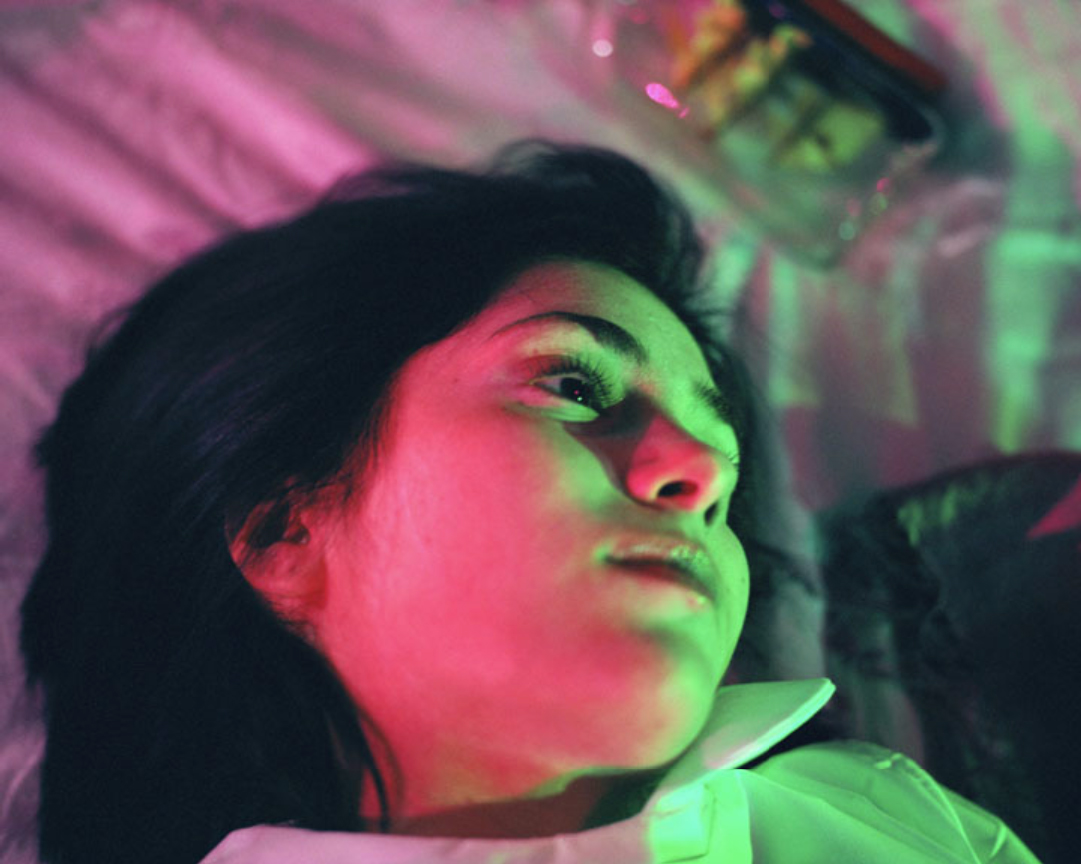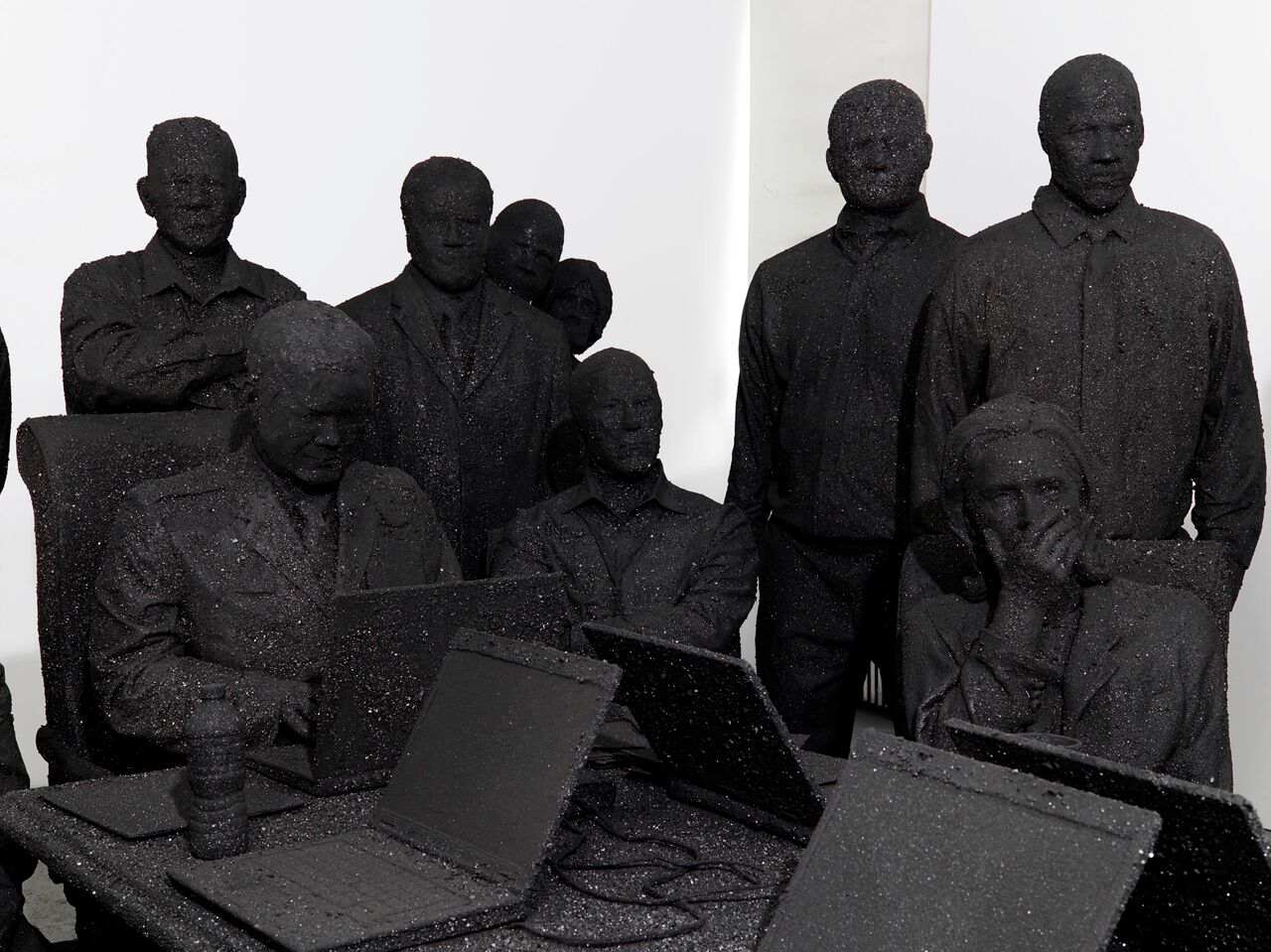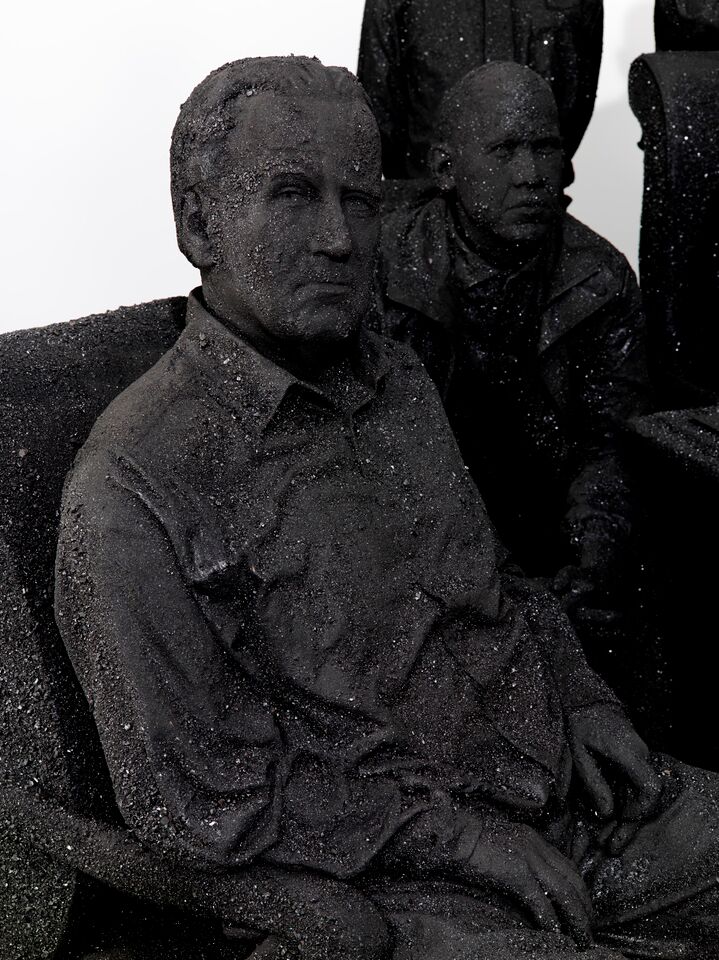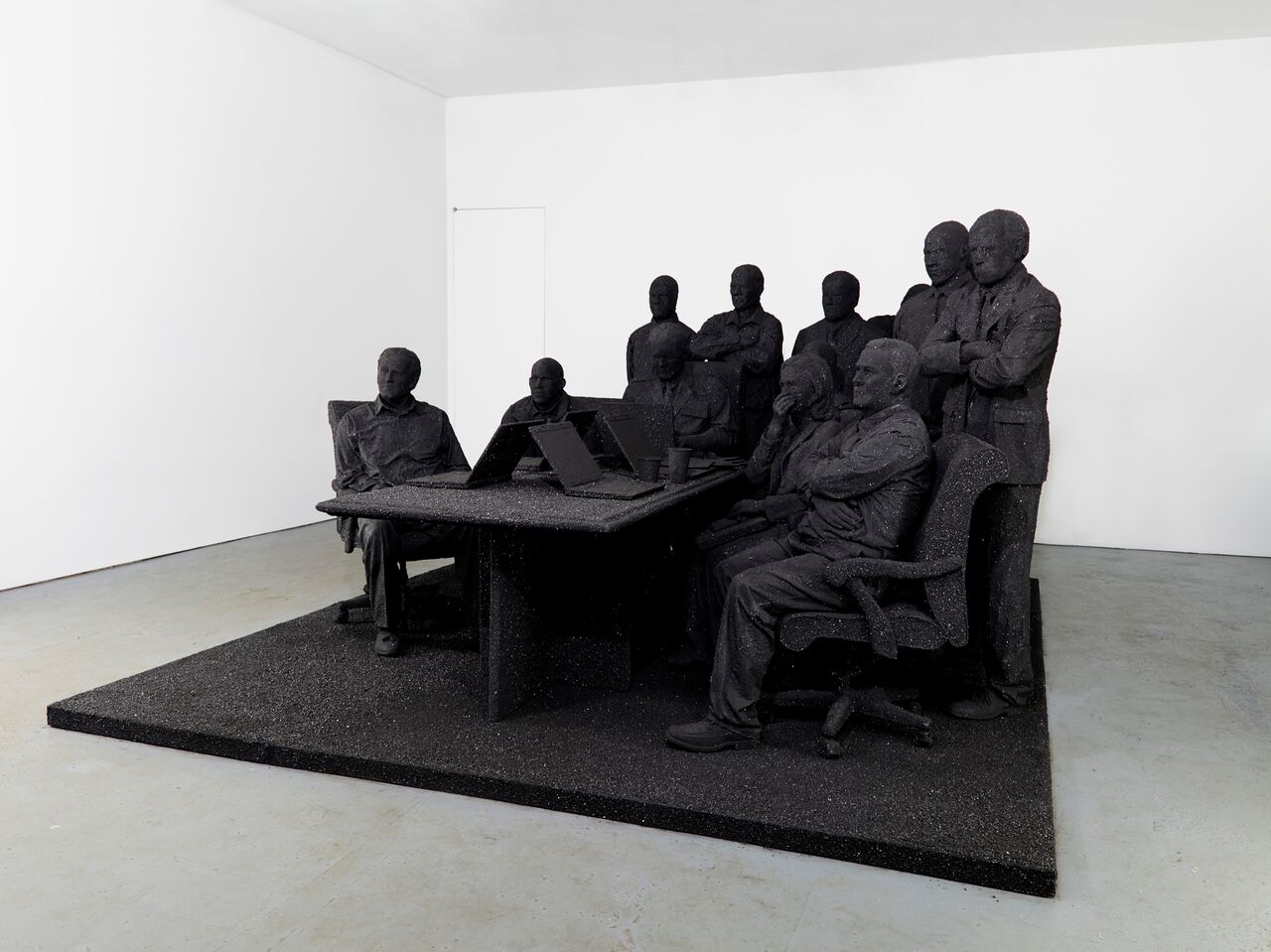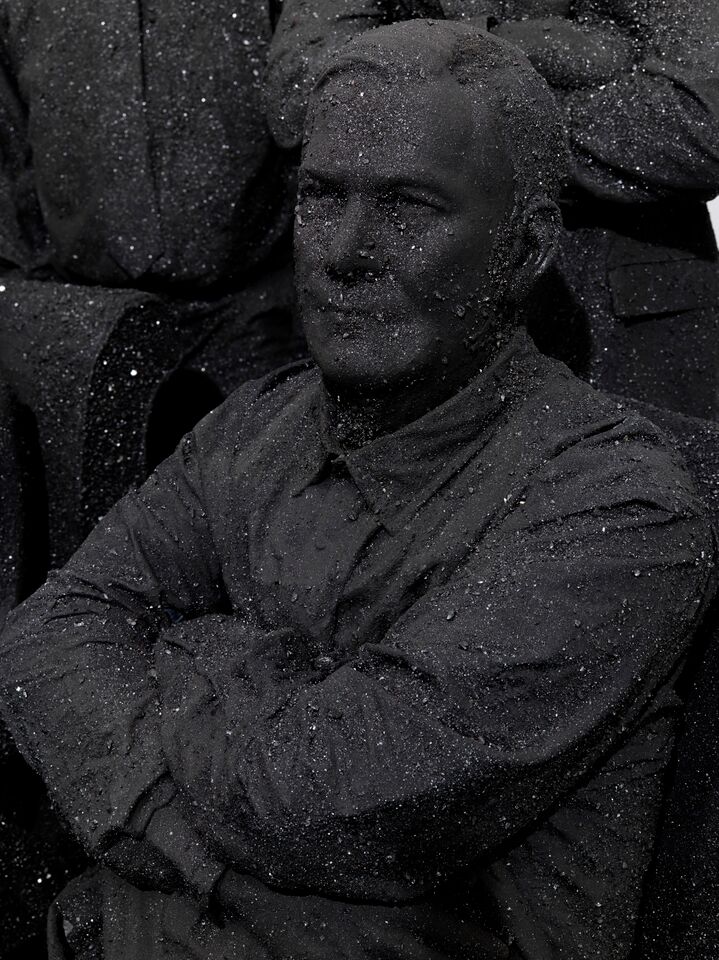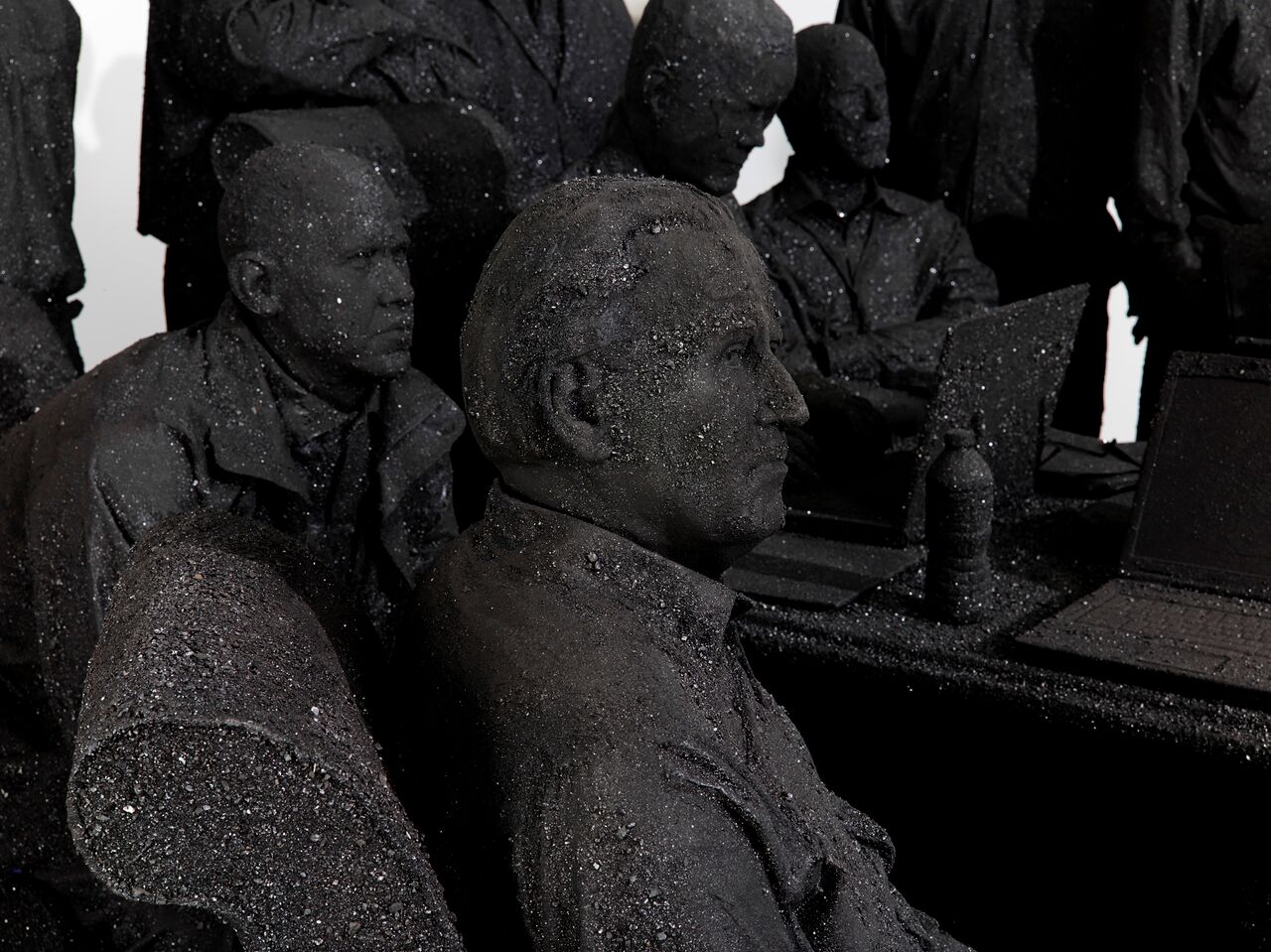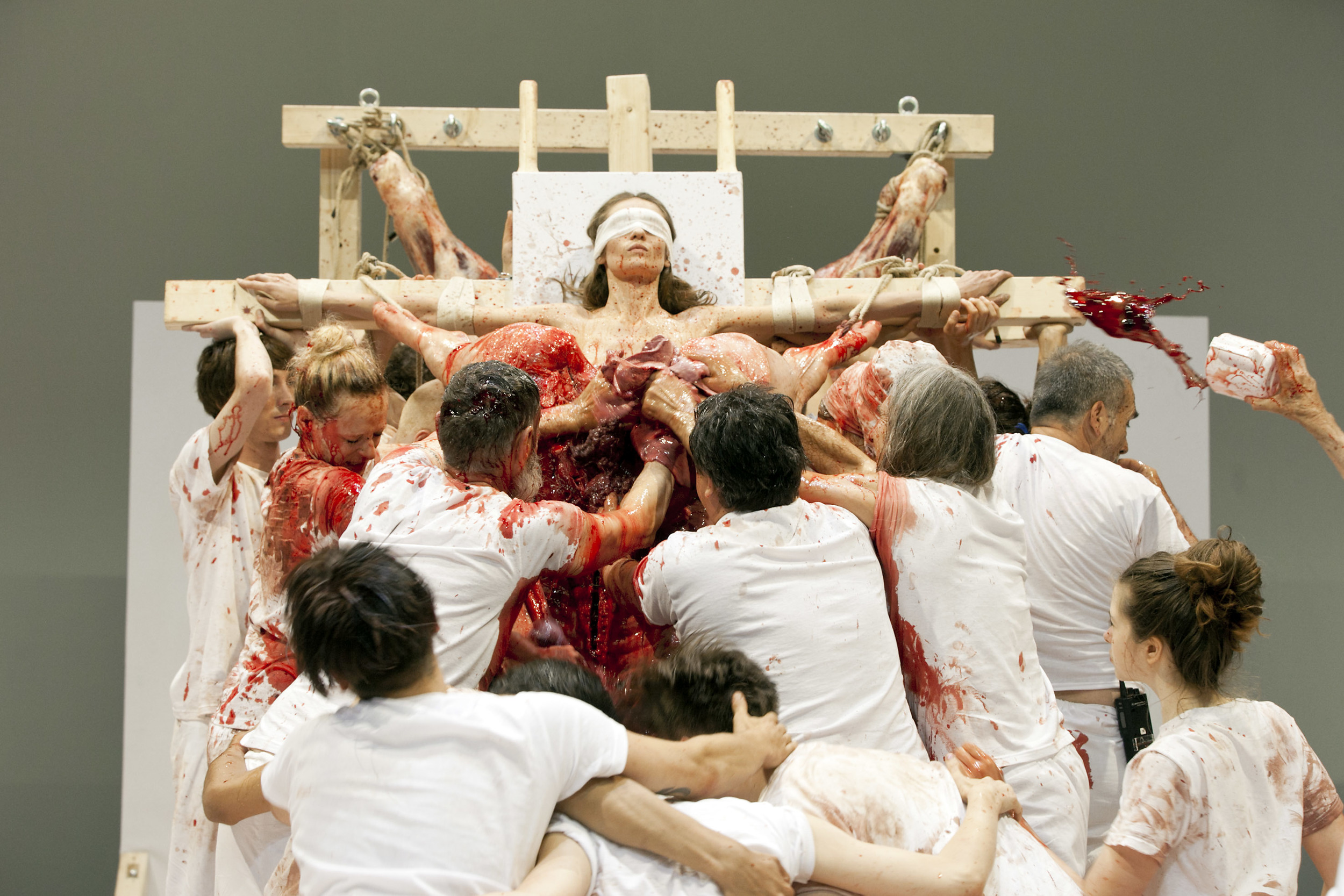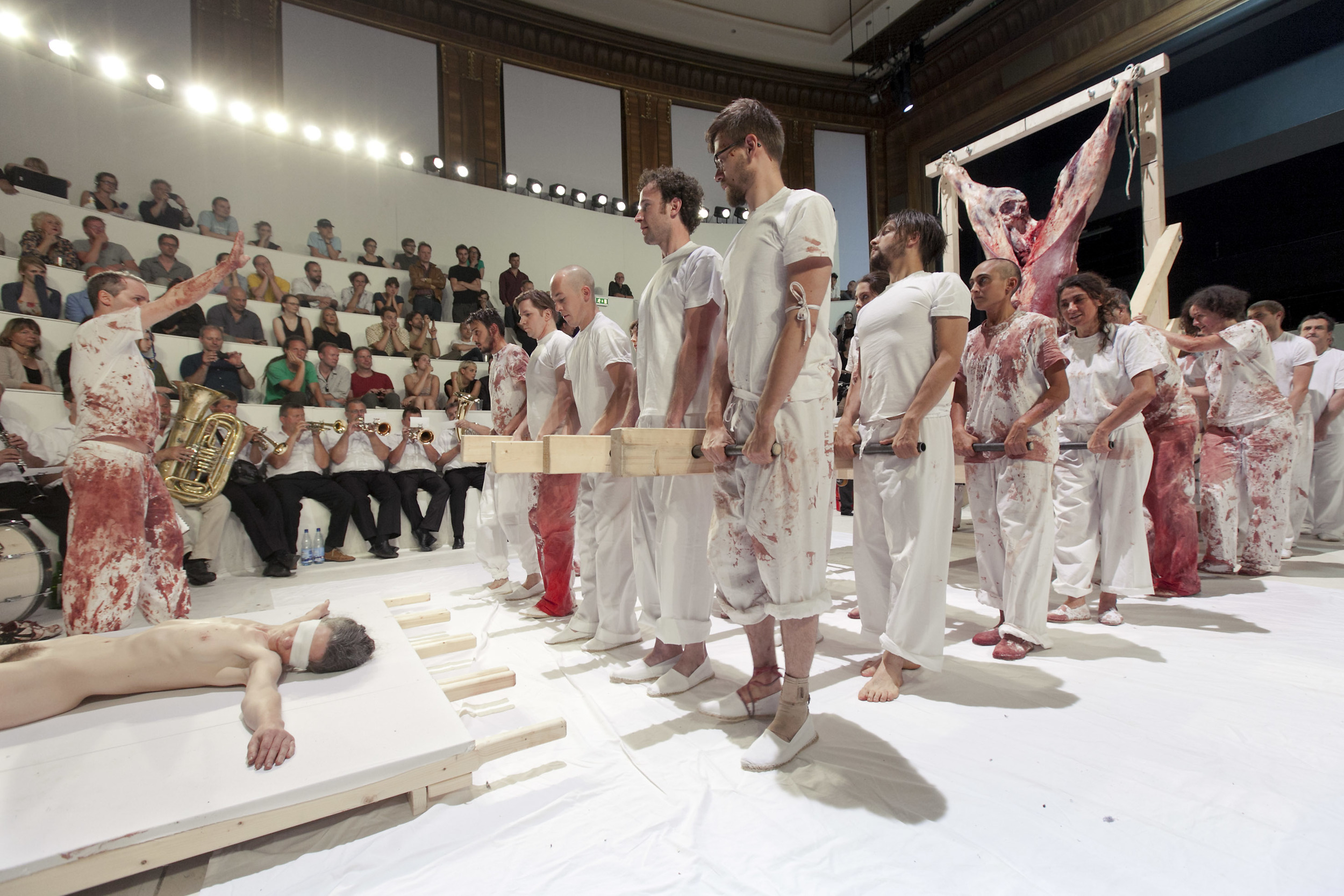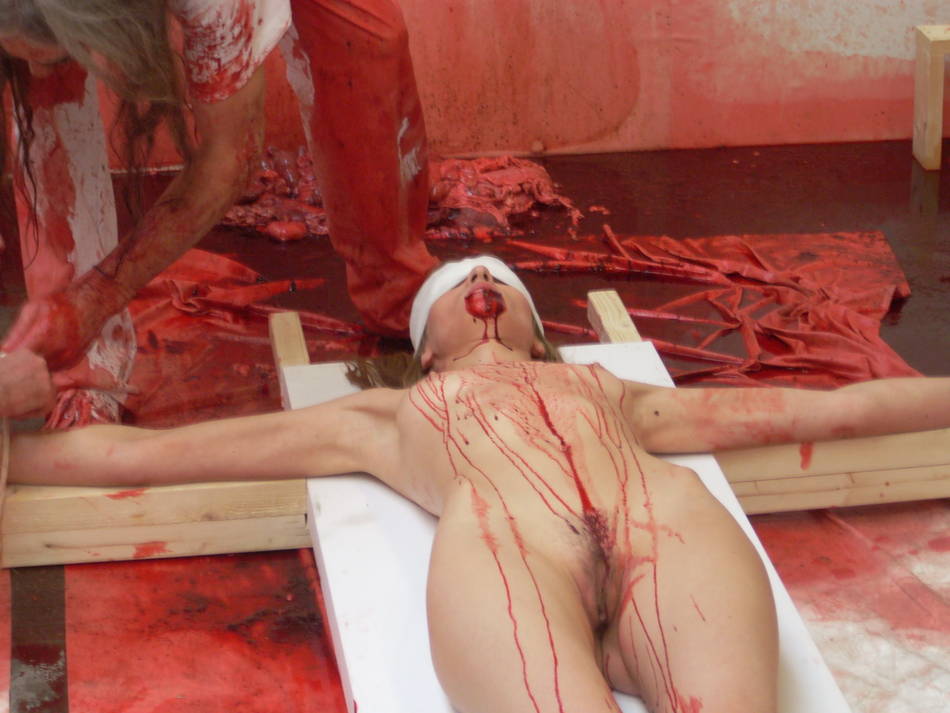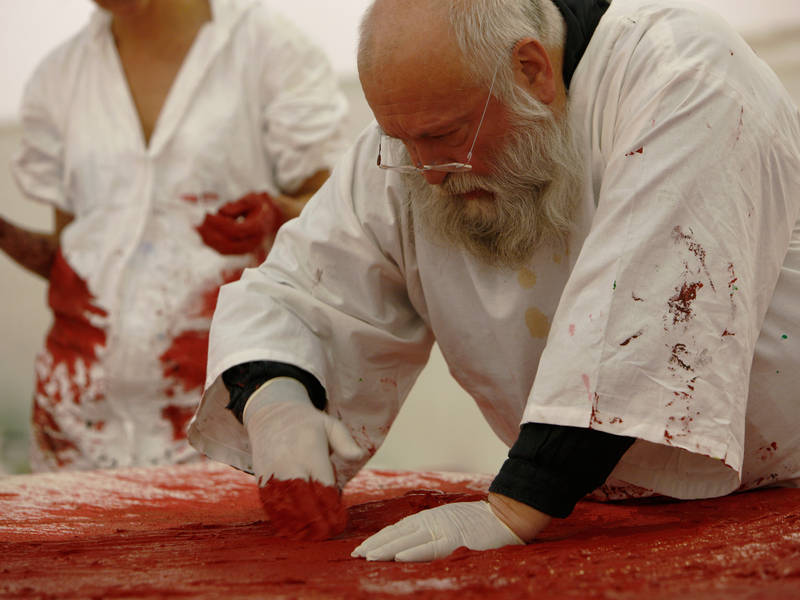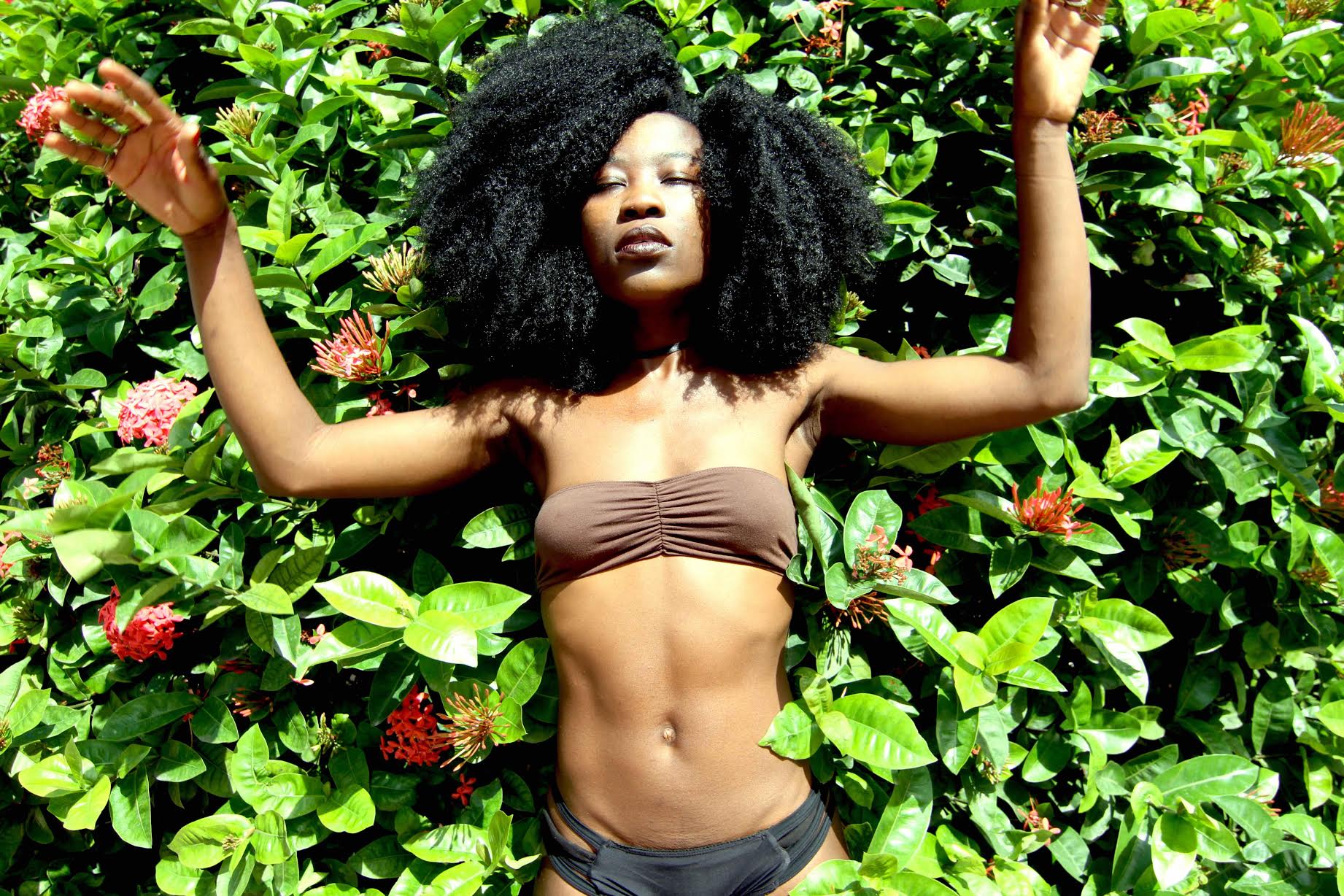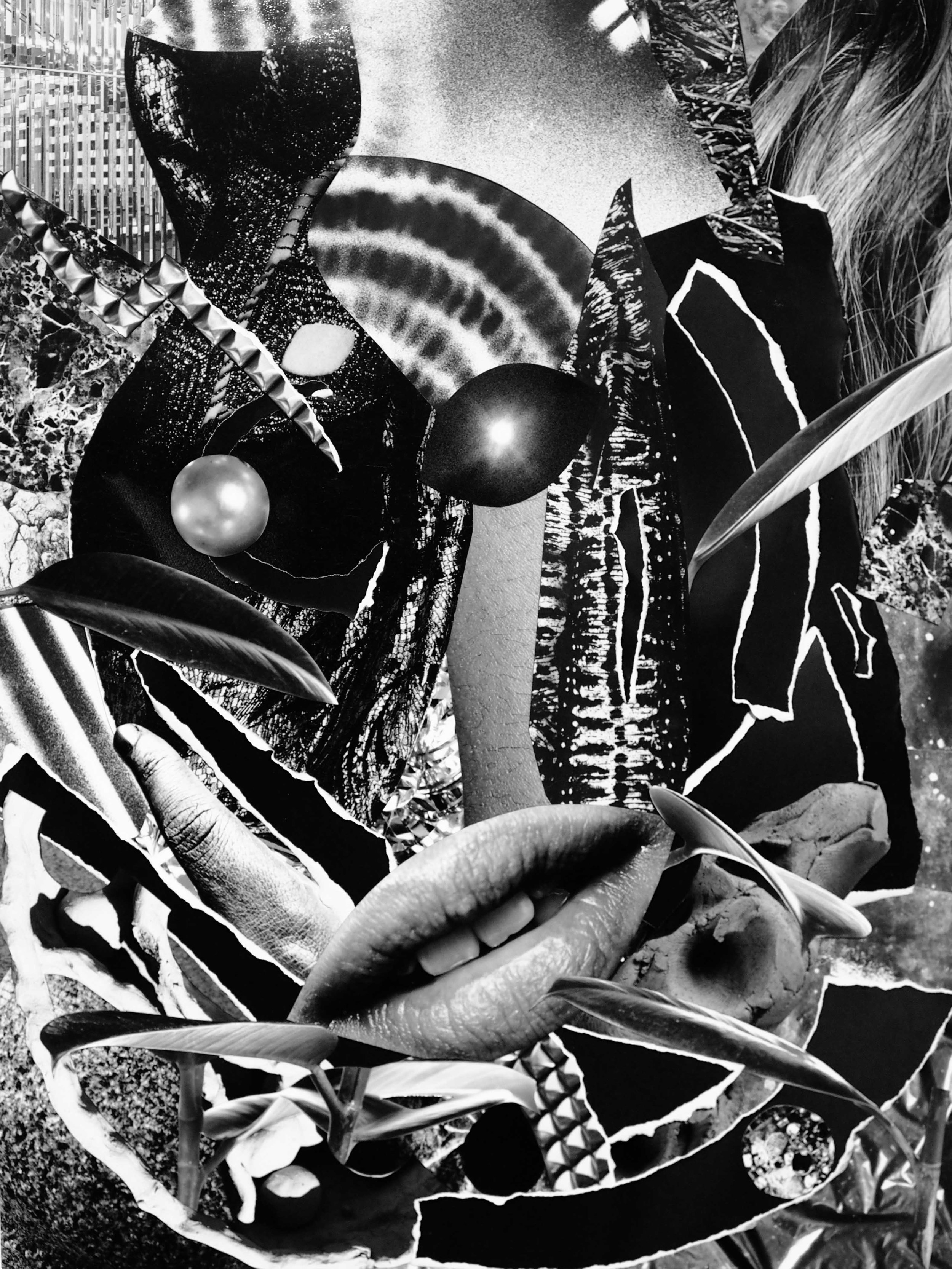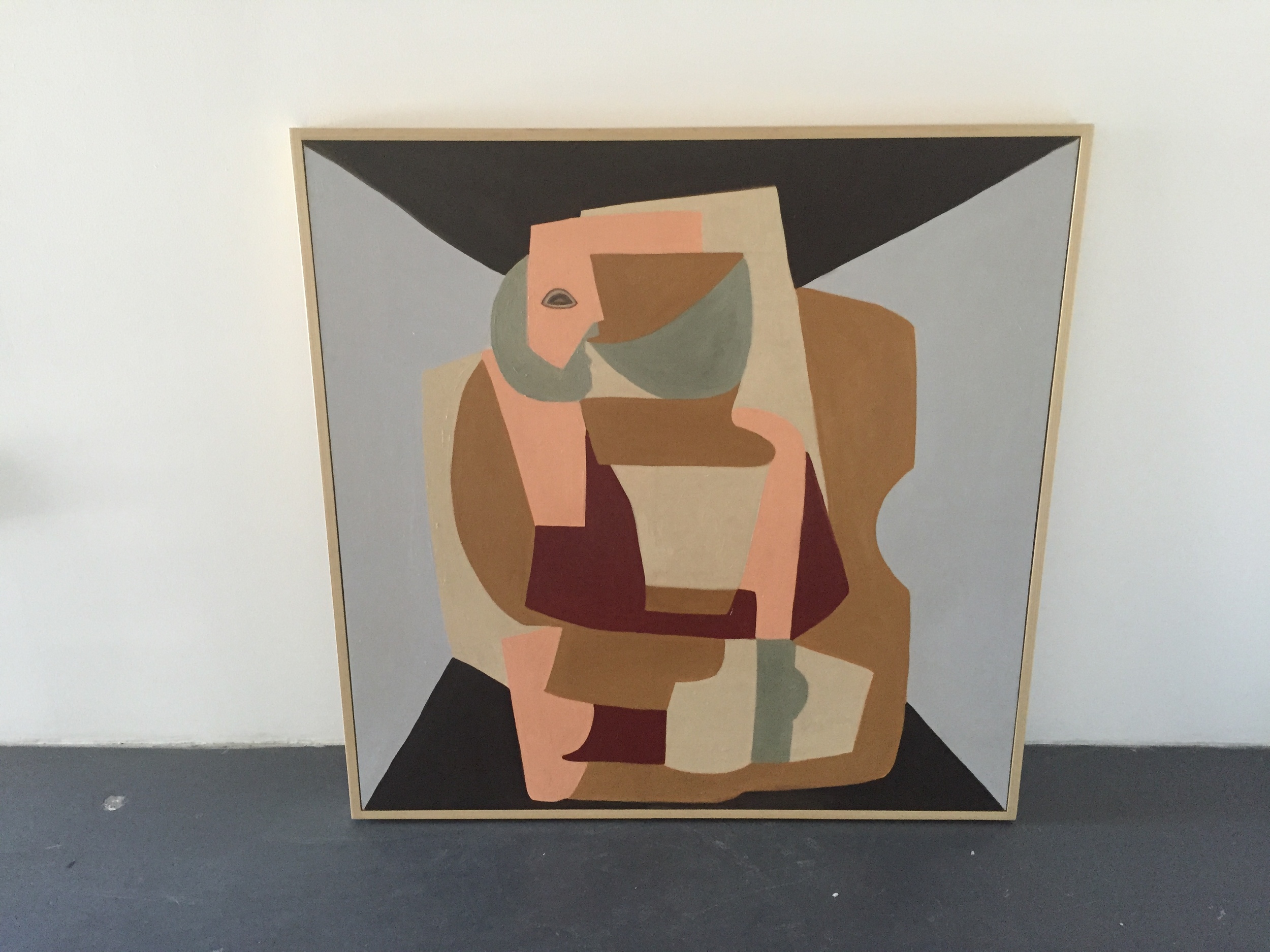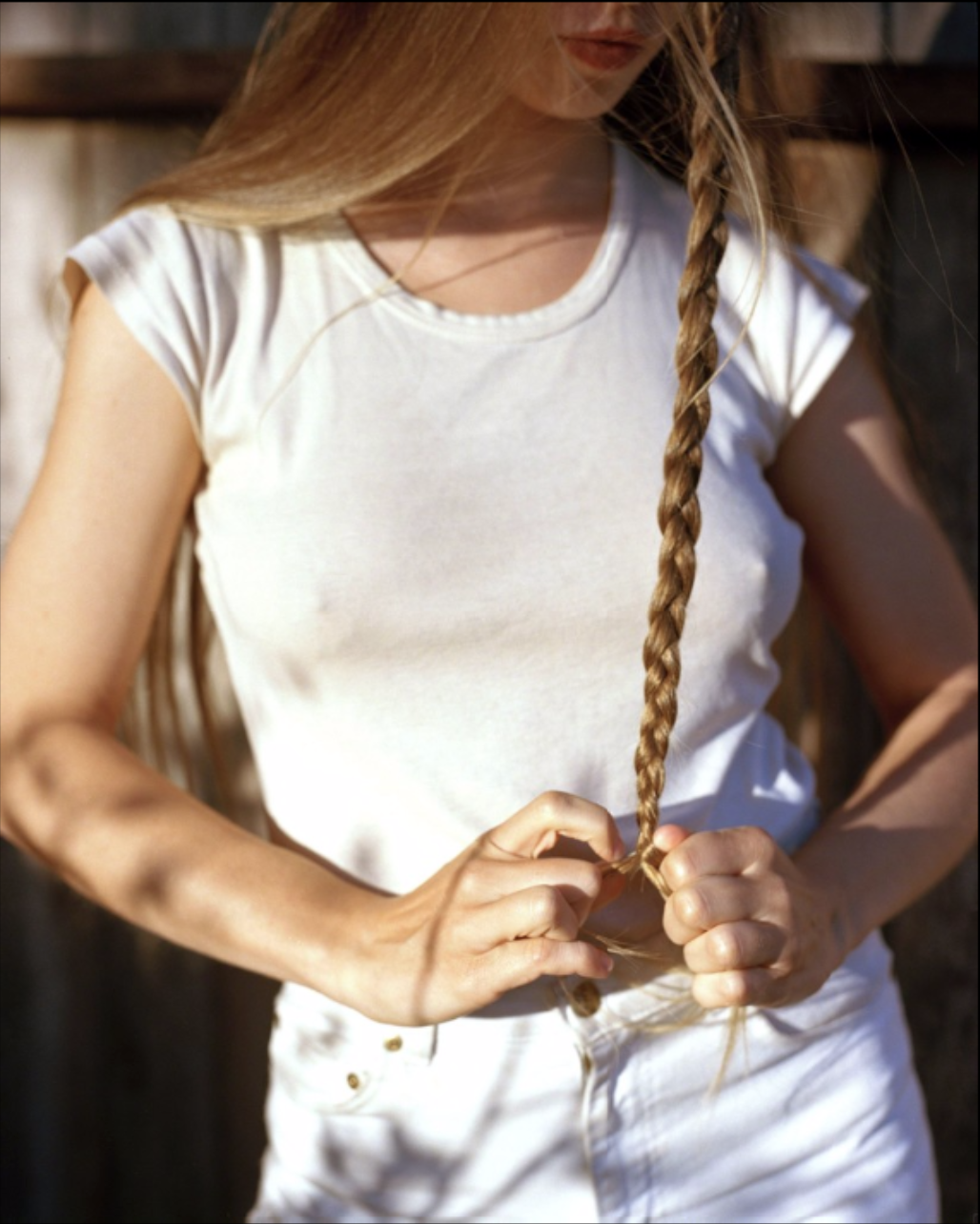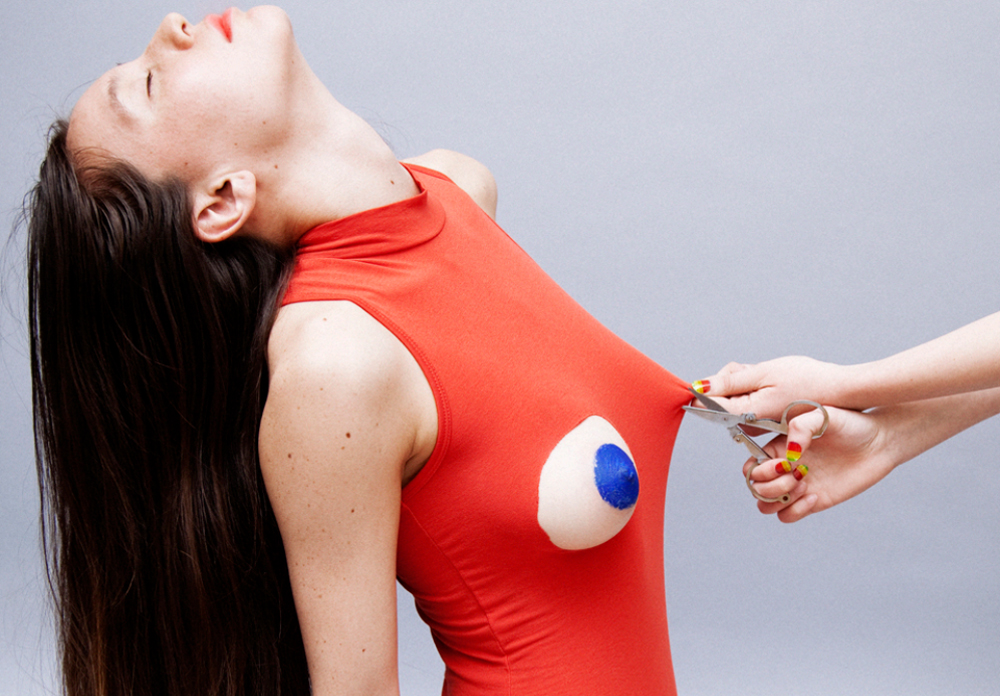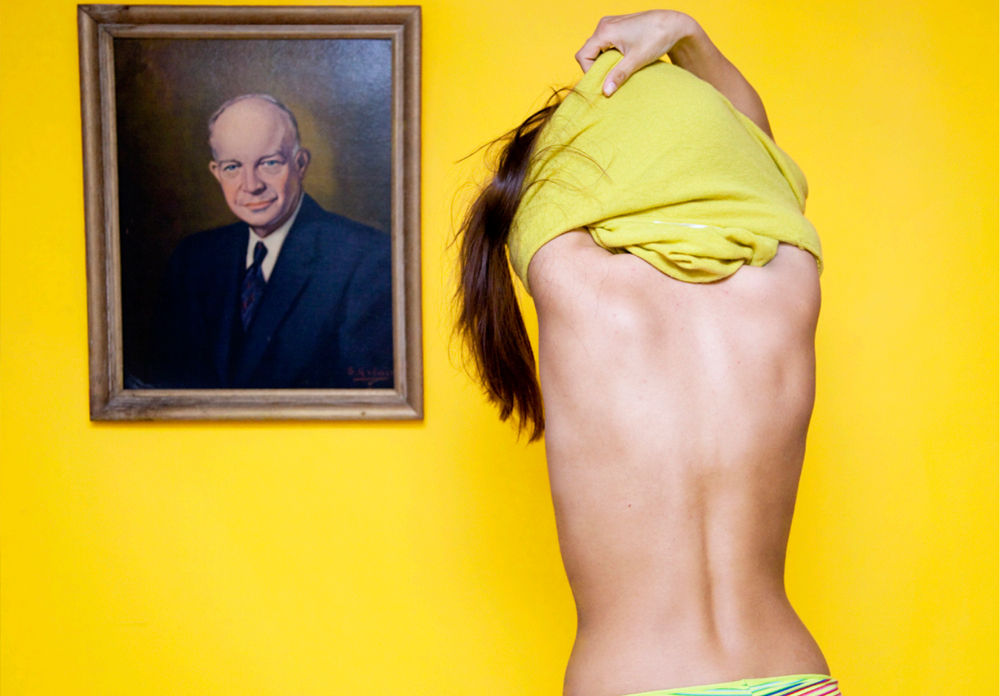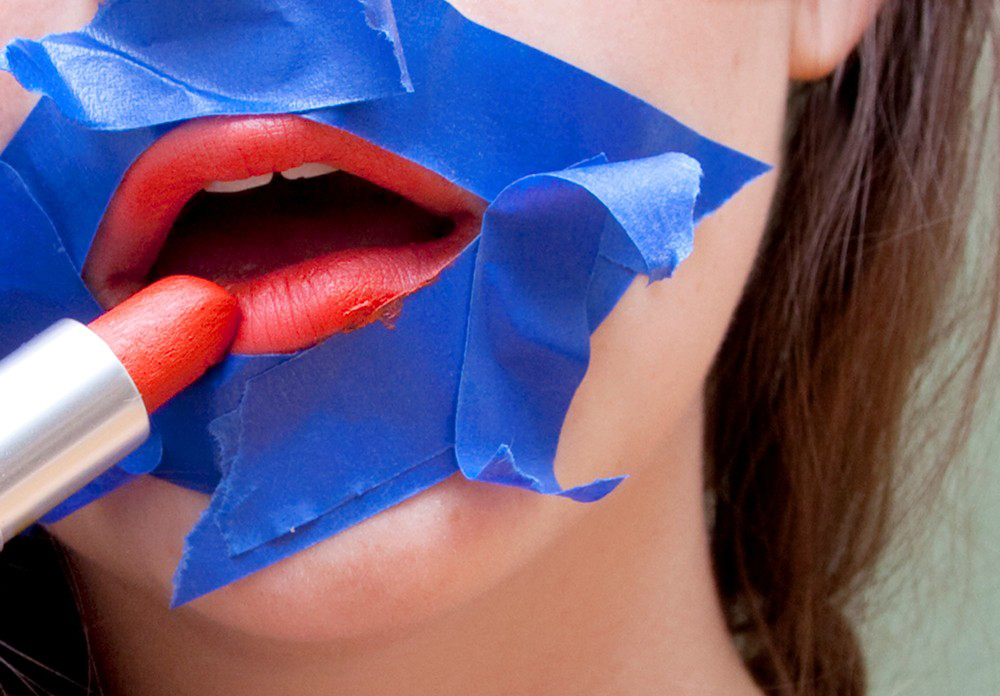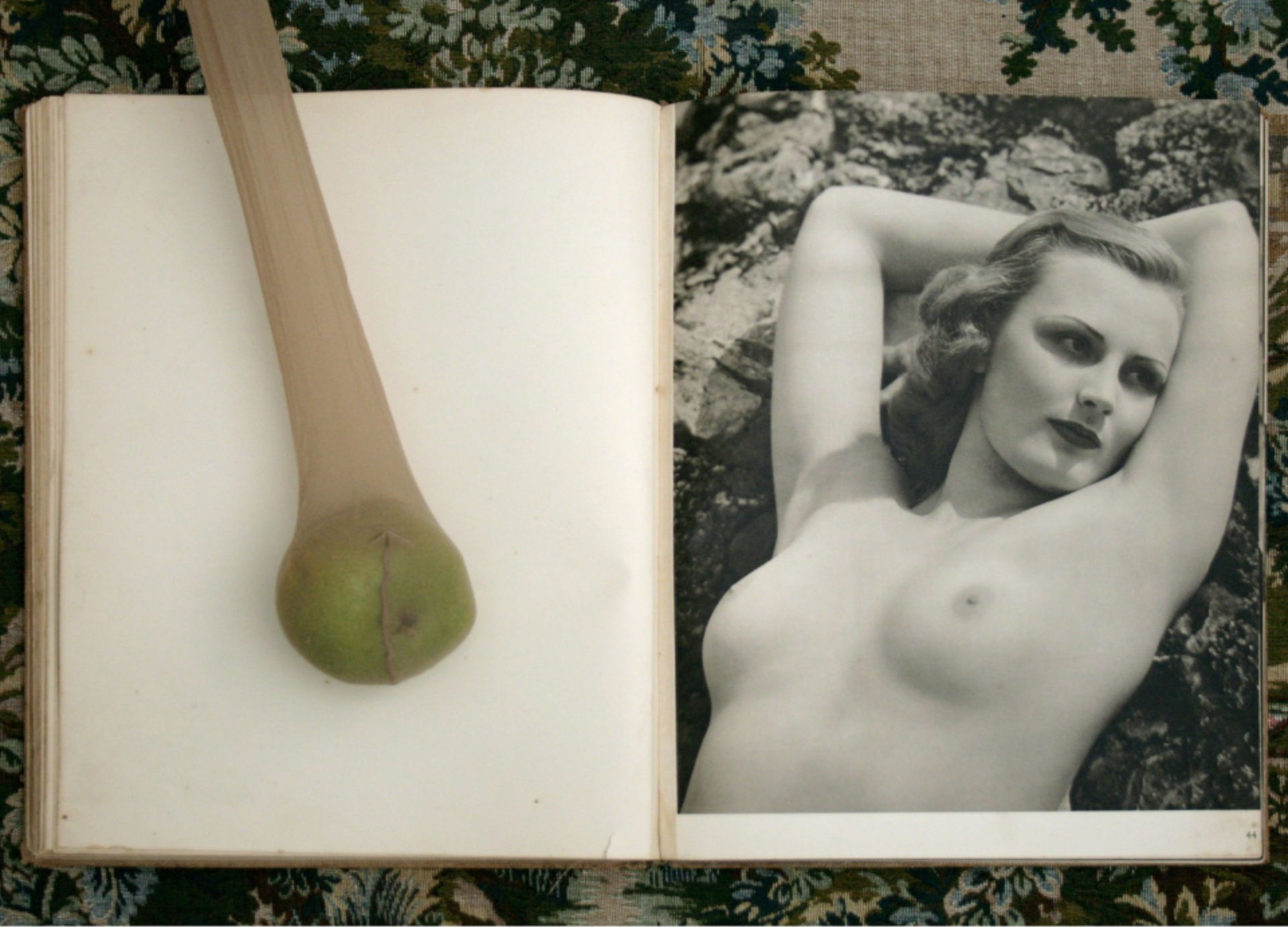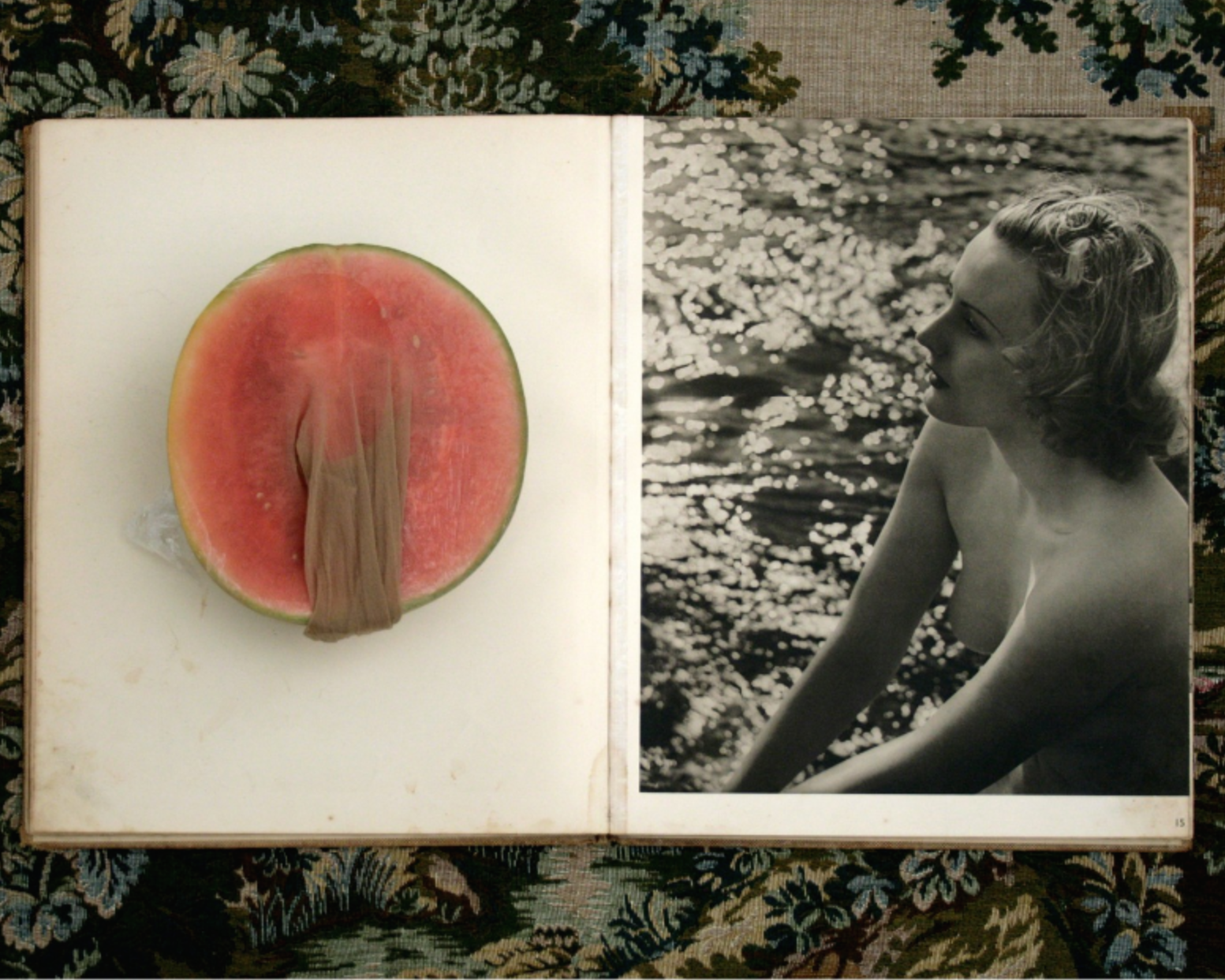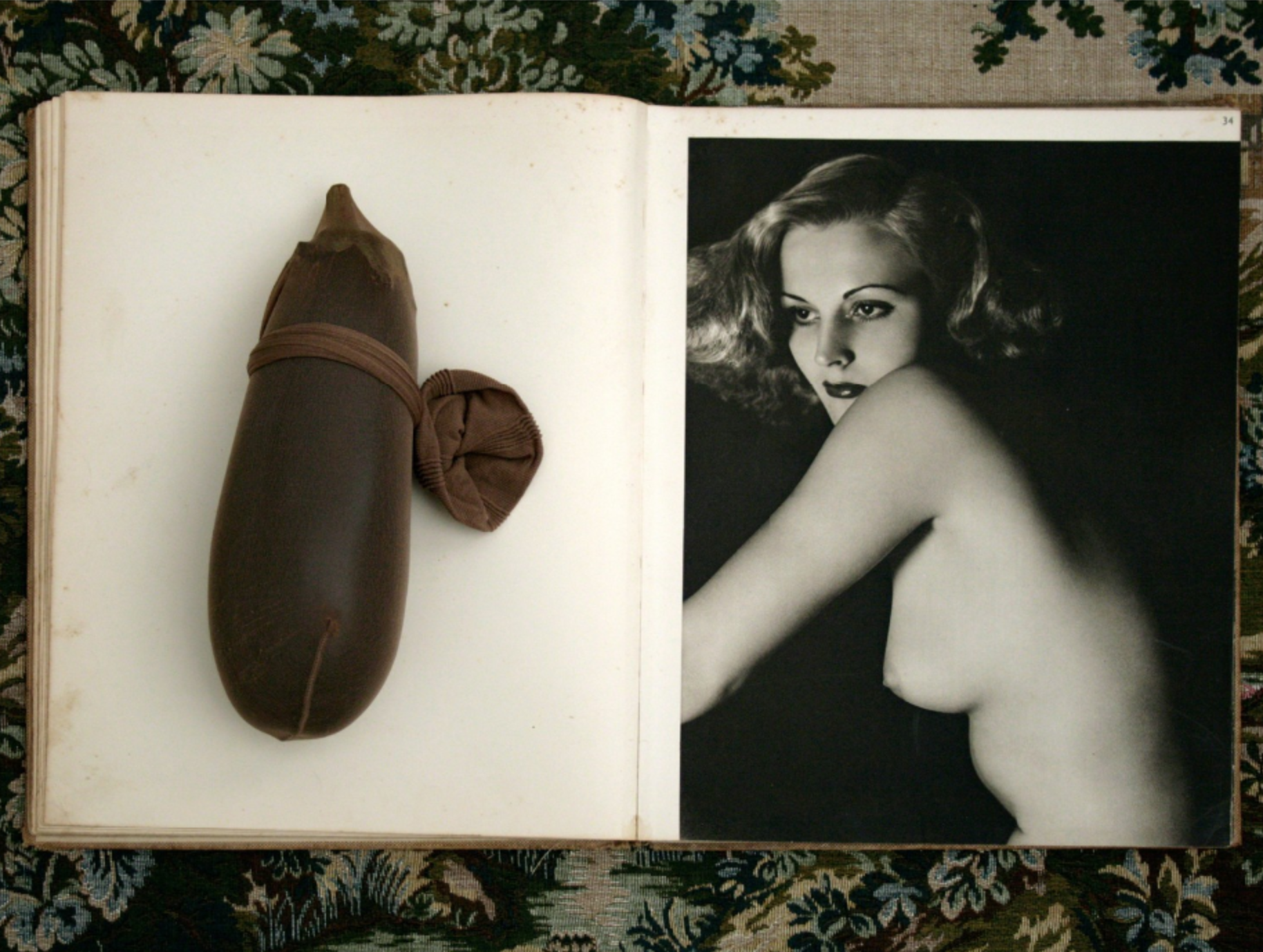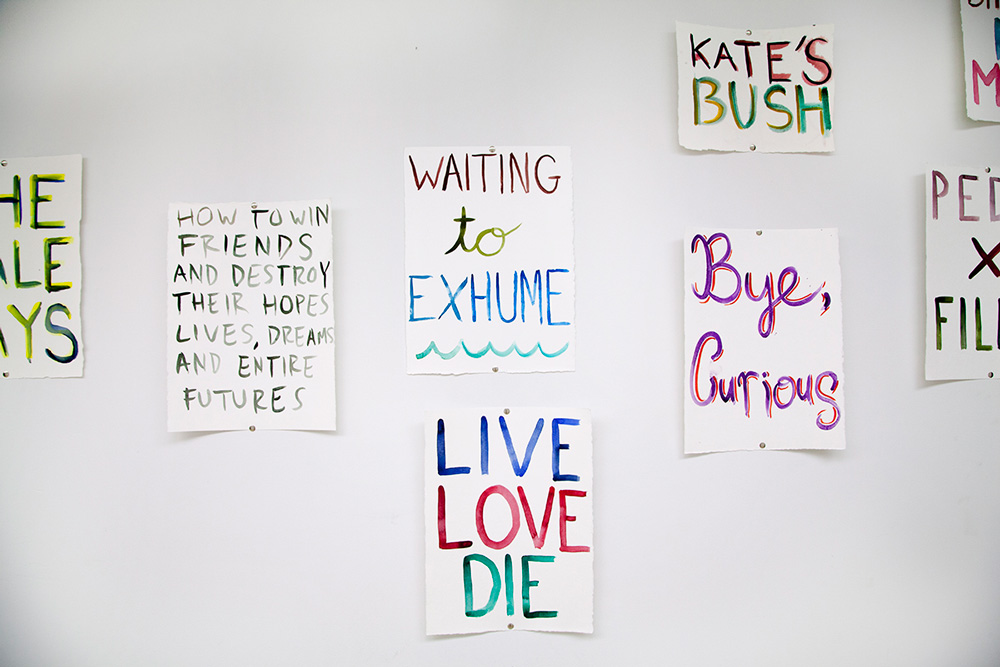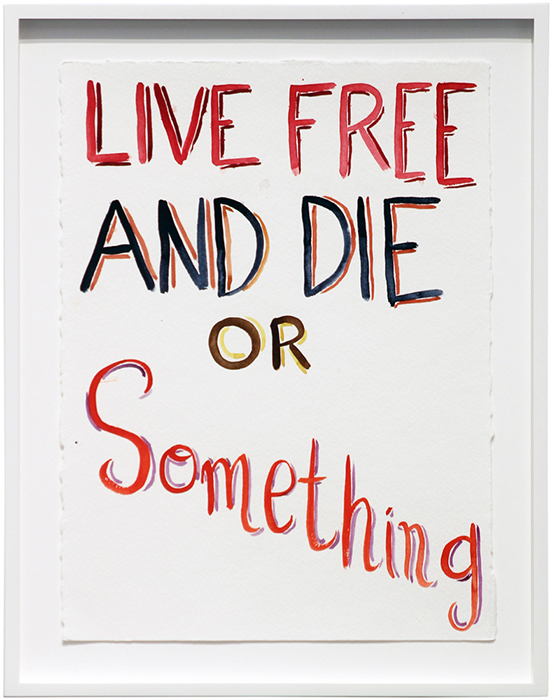Daniel Arsham makes art. His studio is nestled away on a quiet street in the Greenpoint neighborhood in Brooklyn. You could pass his studio door a hundred times and not even notice it, were you not looking for it. The front of the building almost looks to be an extension of his art. And, behind the unassuming door is a vast treasure of ash, crystal, obsidian and other substances that make up the various forms of his sculptures. Sharing a moment with Arsham back in May, he talked a little about some of the newer projects he is working on.
Eric Morales: Can we get a summary of what you’ve been doing the last few months and what you have coming up?
Daniel Arsham: One is a film project. I did the premiere at TriBeCa film festival last month and this is a film called Future Relic that takes place in the future. I divided the film into nine sections that I’ve made independently. The sections, while vignettes of certain times in the future, they link together to become a Future Film. Number 3 of that series, which stars Juliette Lewis, was premiered at TriBeCa and we are doing a screening in Cannes and the following weekend in Istanbul.
I also recently opened a large scale exhibition at the contemporary art center in Cincinnati. This includes a lot of the cast works in geological materials, ash and crystal. I recreated a work that had been shown in Miami, which was made to look like an excavation. Underneath the floor it looks like an archeological site. There’s nowhere to dig [in Cincinatti] so I just made it into this massive pile. It’s twelve feet tall.
I also included work that manipulates the surface of the architecture. I’ve made these works for a number of years that sort of disrupt the architecture. Like the piece back there with the drip, in Cincinnati I showed for the first time a new technique or a formal way of disrupting the architecture that looks like a drop of water that’s into the wall. So the wall has these ripples as if the whole wall was made out of liquid.
EM: Defying not only the sense of solid matter, but of gravity. Right. Gravity goes this way [motioning horizontally], against the wall.
DA: I also having a large solo exhibition here in New York, in the fall. And I’ve lived here for 15 years. I’ve only shown in Europe and Asia and other places in the U.S. This will be my first real project in New York. It will be in November.
EM: Does it feel like a homecoming?
DA: Yes, most people that I tell are very surprised because people know my work here. It’s just that the main gallery I’ve worked with since 2003 is in Paris, and they have a gallery in Hong Kong. And, I work with a gallery in LA. So, people know my work here, but they’ve only seen it elsewhere.
EM: You’ve ventured into things in which you had no background. Is that your philosophy? Try it out and see what happens?
DA: It has certainly become that. When I was asked to make that first stage design, Merce was telling me, “I want you to do this,” and him saying that he believed I could do it. He gave me the confidence to pursue that. It was definitely a large scale project, the largest I had done up to that point. But, it wasn’t as impossible as it seemed initially.
A lot of other things I’ve worked on, the creation of the films, working with architecture, all of these things, they seem difficult from the outside…and, they are [laughter]. But, often, the things I’ve pursued outside of my own practice are in collaboration with other people. In dance, stage and film, I’ve been able to find people who really know what they’re doing, and they have allowed me to make these things.
EM: Are there any other experiences where you draw your confidence from?
DA: I just did it. I worked hard to study and learn the skills and tools. But, I’ve been very fortunate since I started school, to have all these things line up for me. I had won a grant at the end of school that allowed me to live for that first year. Because things lined up, I went from living off this grant for a year to the start of selling my work. Then I got hired by Merce and worked for him for a number of years, and one thing led to another. Then we built the architecture practice (Snarkitecture), and here we are. …A lot of hard work.
EM: Is there a specific purpose in dividing the films?
DA: The film spans about 500 years in time. Each segment takes place in a different time period. There is a lot of attention to detail in the film in terms of scenography, the costuming and props. I’ve used things that exist, that I’ve already made, to fill out that world. I’ve chosen amazing architectural locations to help fill out that world. So, it made sense to make [each film] as these distinct vignettes.
And, there’s only one character who moves through them. She is in it as a young girl and then as an adult, and then as an entity, or memory. And in practicality, it was much easier to shoot it that way because all the actors and talent are friends and are donating their time. I’m working around their schedules. Having the films made in short bursts is easier than dedicating months to work on it.
EM: Interesting how that shapes the final product
DA: Yes. Film, more than anything, is the most difficult thing I have ever tried to accomplish. If I show work in a gallery or museum I can easily control everything from the light, the way people enter, and obviously what the work looks like. In film, you have to control everything, every last detail. Everything that you place on the screen means something.
For example, the organization of creating or building light. I contend to allow that to be as much of a character as the actual characters are characters. But, trying to organize all those aspects…There’s a scene where the characters are in an airplane cockpit. We built the entire cockpit. Lighting was placed on their faces as if they were moving through clouds. Shadows are cast differently, like they’re moving. That’s amazing. I know that I need that.
"There’s a lot of failure in what I do. I try stuff. It doesn’t work. I just keep going. I’m very adept at moving past things."
EM: That’s living sculpture. You’re working with light, shape/form and time all at once.
DA: It’s similar to dance in some ways. The fourth dimension is time, and film does that in a way, but it’s infinitely more complex because you can watch it over and over again. You can pick things apart.
EM: Are there more films in your future?
DA: Yes. I’m making a push toward the film stuff. I have to complete Future Relic, but there’s a couple of other shorter projects I’ve been working on. I directed a dance film recently that was just 3 minutes. But I’ve been working on Future Relic for two years already, and with another year to go. But, that’s what it takes.
EM: Are you looking toward more traditional narratives?
DA: People often think that if an artist is making a film that it’s going to be some sort of art film with no story or very abstract. There are elements of Future Relic that are like that, but there is a story that is closer to a Hollywood style thing.
EM: When it comes to process and tools that you are using, what has evolved for you? With the 3D art?
DA: Everything is hand made. All of the molds are hand made. The technology, our ability to make very complex forms is growing, we are getting much better at it. There is one mold that 5 years ago I could never have made. It’s a multi part mold that has an interior and exterior. In order to do that, you have to be able to pull the object apart in your mind. It’s like reverse engineering. I had to start with very simple forms to get to that place.
EM: You seem like a very gracious person
DA: I just want to exist in a world that is easy. And, when I say easy I mean that there aren’t people yelling and there’s no stress. There’s issues and things that happen but you just deal with them as they come.
EM: Music?
DA: A lot of hip hop. Looking forward to Rocky’s album. Drake.
EM: Film?
DA: Stanley Kubrick, George Lucas and I really love Chris Nolan. A lot of sci-fi stuff. I saw Ex Machina, which I thought was good. The films that are most successful in depicting the future for me contain aspects of the present. There’s aspects that feel true and real. Like HER. It was a totally believable scenario and environment.
EM: Greatest lessons learned in life?
DA: There’s a lot of failure in what I do. I try stuff. It doesn’t work. I just keep going. I’m very adept at moving past things. It’s very easy to dwell and spend time ruminating over something, but there’s nothing to be done about it. It’s better and more efficient to move.
EM: You manage multiple social media outlets. It’s important to know how to navigate that world today. Where do you see the benefit in all of that?
DA: I see it as an extension of my practice. I make things so that people can see them. I’m not sharing my life, I’m sharing my work. It’s another format for people to see the work. It’s particularly useful for people who don’t live in the big city, or don’t have access to museums and galleries. Every time I show work on [social media], more people will see that image than will walk through the exhibition, by ten times probably. I think that’s the benefit. A lot of people have become familiar with my work through that.
EM: What do you think about during your downtime?
DA: Downtime? Do I have any downtime [laughter]? My work is my life. I don’t distinguish. I’m super happy to come to the studio every day and to travel for things. It’s all one thing.
Daniel Arsham "Fictional Archeology" opens today in Hong Kong and runs until October 11 at Galerie Perrotin Galerie Perrotin Hong Kong.You can watch Arsham's short film Future Relic here. Text, interview and photography by Eric Morales. follow Autre on Instagram: @autremagazine










